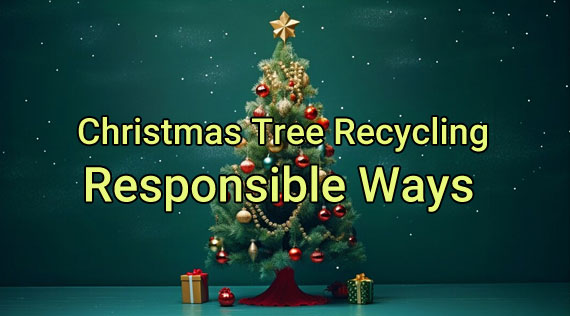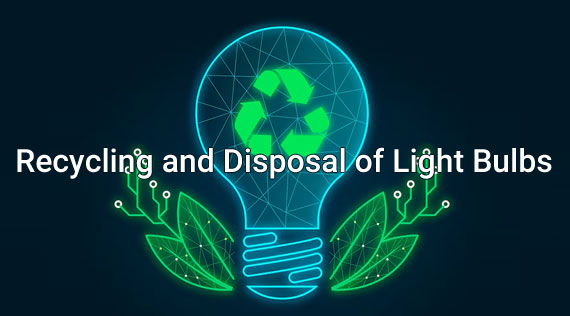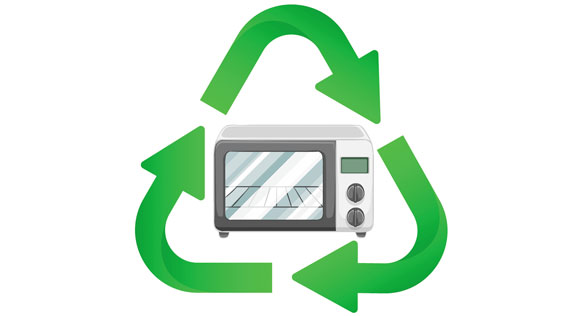Electronics Recycling Centers in the United States
Frequently Asked Questions on Electronics Recycling
E-waste generation is rising much faster than the amount being recycled. According to a UN report, only 22.3% of the e-waste produced in 2022 was officially gathered and recycled in an environmentally responsible manner. According to the most recent data available, Estonia, Norway, and Iceland boast the highest rates of electronic waste recycling, measured by the percentage of waste each country generates.
In 2020, researchers reported that nearly a million tonnes of e-waste were generated in Canada, with less than 20 percent of it being collected and recycled.
E-recycling or electronic recycling, is the process of collecting, sorting, and refurbishing old electronic devices and their components. The main goals of e-recycling are
- Environmental protection
- Resource conservation
- Energy savings
The process may include shredding, and melting to extract valuable metals, plastics, and other materials for reuse in new products.
Computer waste or electronic waste (e-waste), specifically refers to discarded computer parts. Examples of computer waste are - desktop computers, keyboards, laptops, mice, printers, monitors, scanners, and other computer-related devices. Like other electronic devices, computers contain various hazardous materials, including heavy metals and toxic chemicals, which can leach into the environment if not disposed of properly.
E-waste or electronic waste refers to electronic products that are not working or no longer of use. Computers, televisions, VCRs, stereos, copiers, and fax machines are everyday electronic products. Electronic waste can include many items, including old computers, smartphones, tablets, TVs, refrigerators, and other household appliances. Proper management and recycling of e-waste are crucial for both environmental and human health
How to Recycle Electronics Waste

Christmas Tree Recycling - Responsible Ways
Proper preparation and using a reliable Christmas tree recycling directory ensures responsible disposal and maximizes the benefits.
Stop Throwing Away LED Light Bulbs -- Do This Instead
Stop throwing away LED light bulbs and dispose of them responsibly. Proper disposal ensures environmental safety and sustainability.
Recycling and Disposal of Light Bulbs – More to Know
Proper disposal of all types of light bulbs, protects the environment and recovers valuable materials.